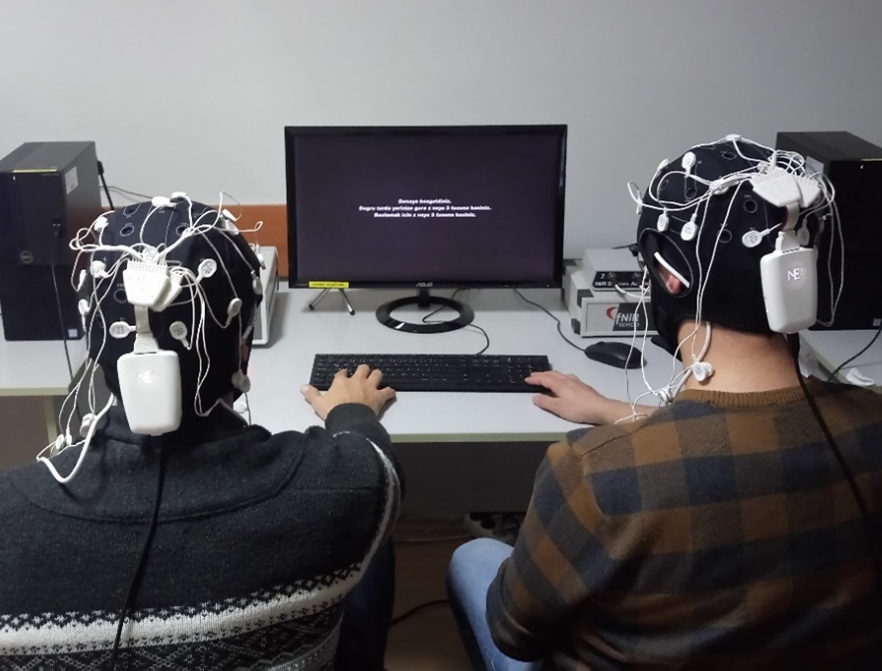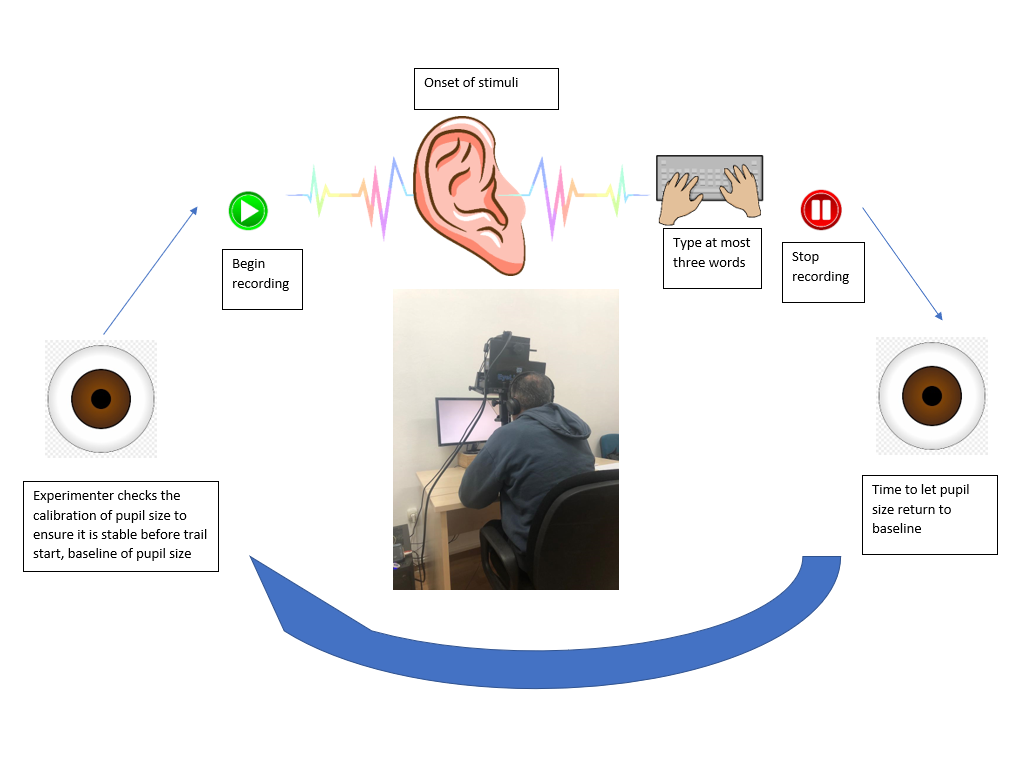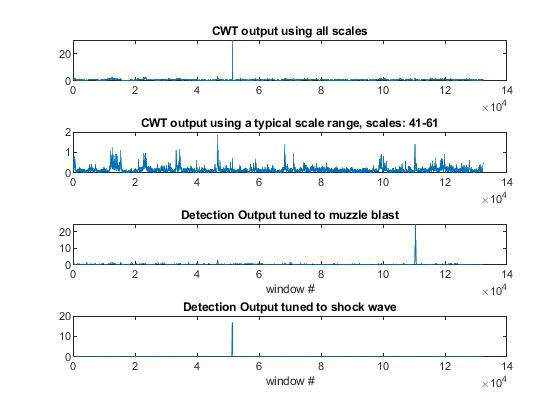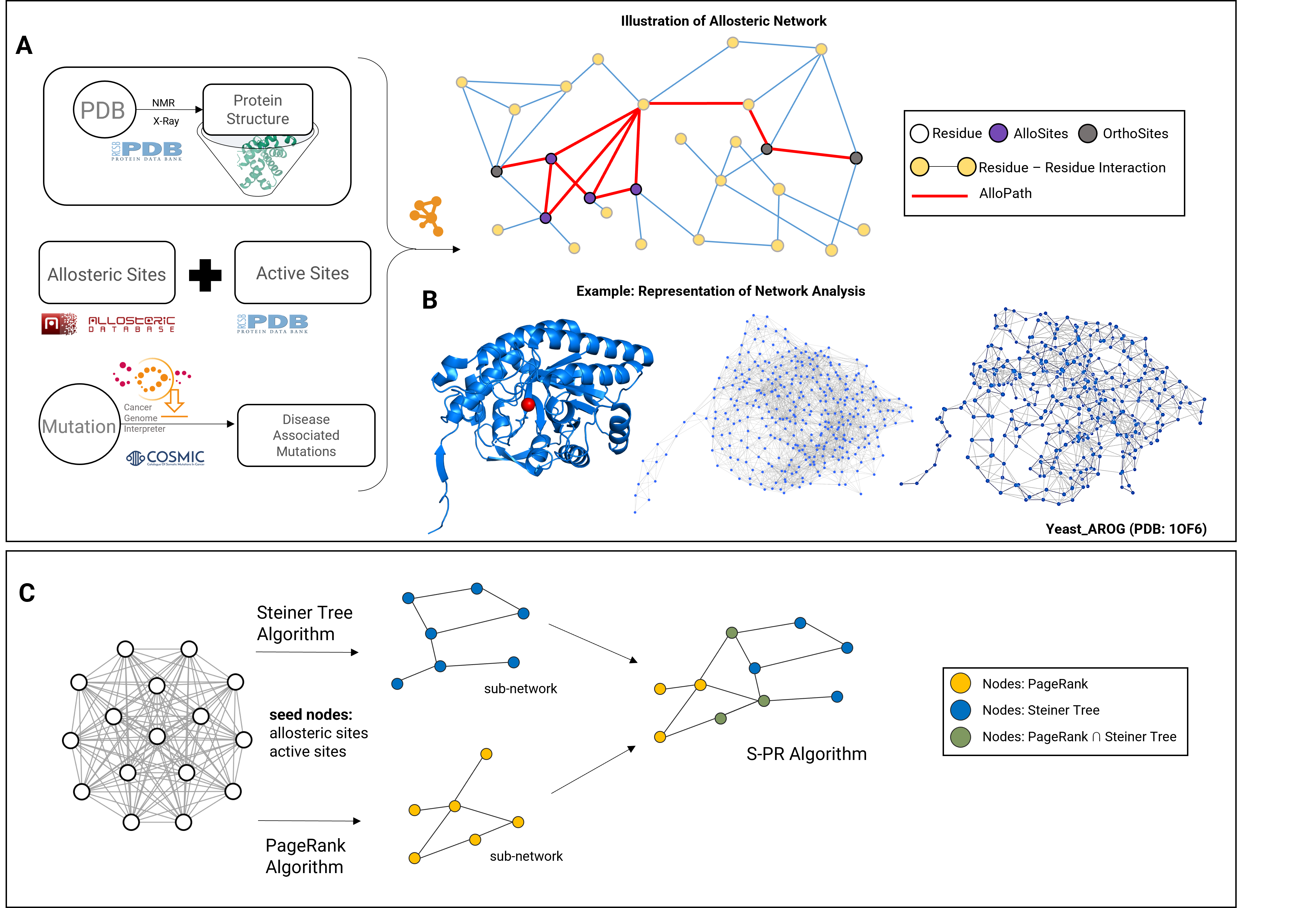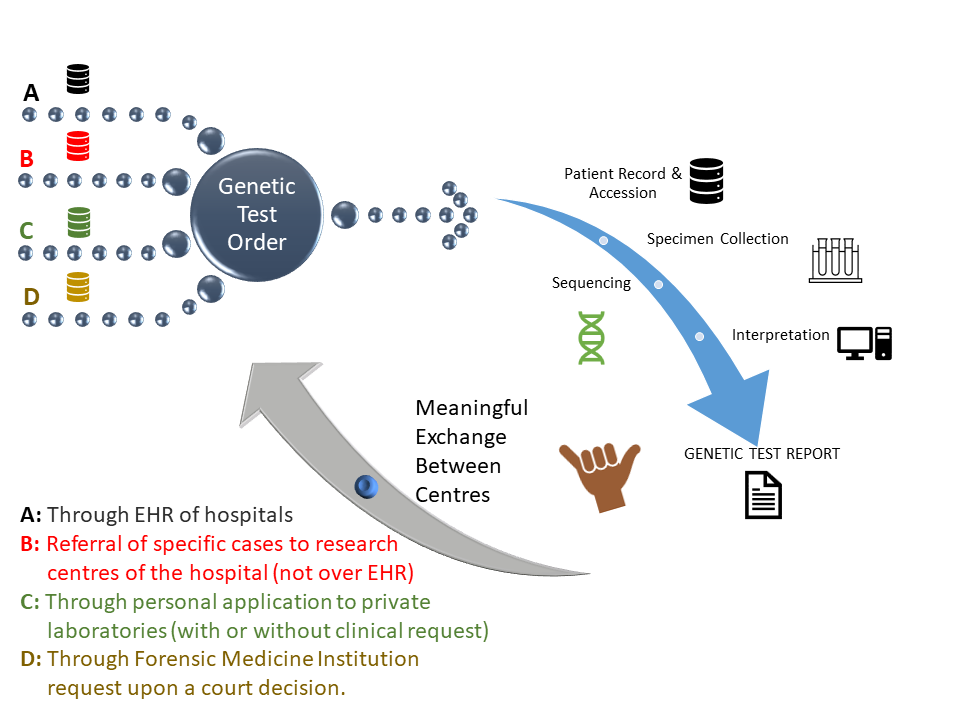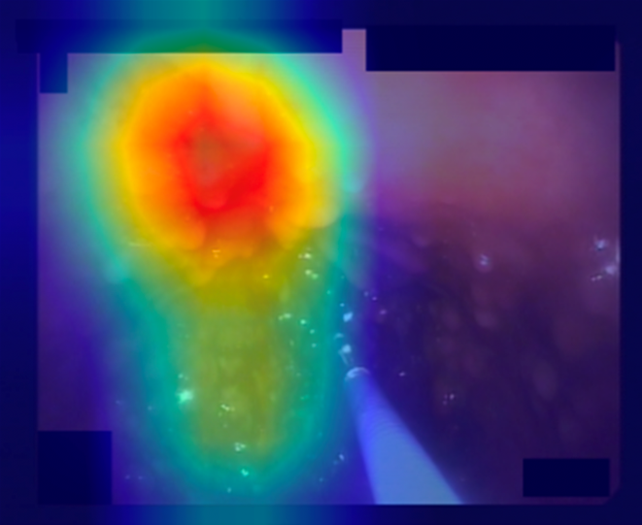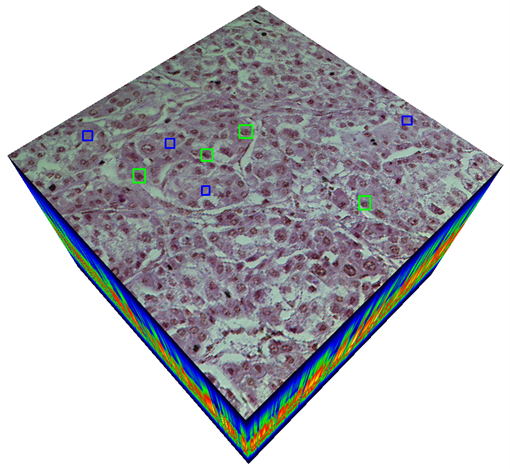Kerem Alp Usal, Neural Mechanisms Underlying Joint Action
In this study, changes in neural activation during joint action were investigated with hyperscanning, using functional near infrared spectroscopy (fNIRS) and electroencephalography (EEG) as participants performed the same task individually and then collaborated as a dyad. 62 participants were tested in dyads with a dual n-back task. Results are in support of the social facilitation model, and neural measures including hyperscanning were successful to differentiate between individual and social task settings. Overall, this study is one of the first studies to conduct EEG and fNIRS-hyperscanning during a complex collaboration task that brought together temporal constraints and elements of visuospatial reasoning.
Date: 05.09.2023 / 11:00 Place: A-212
